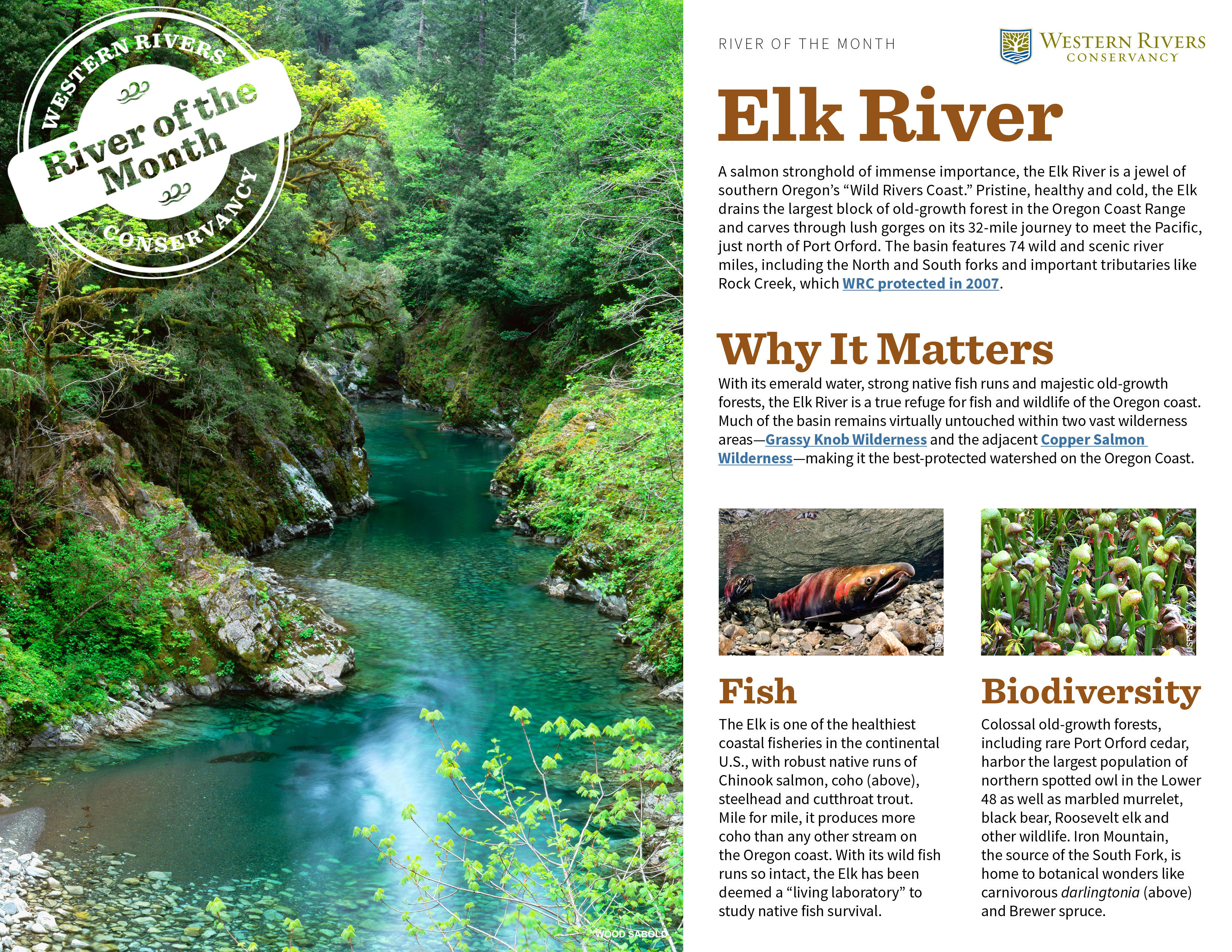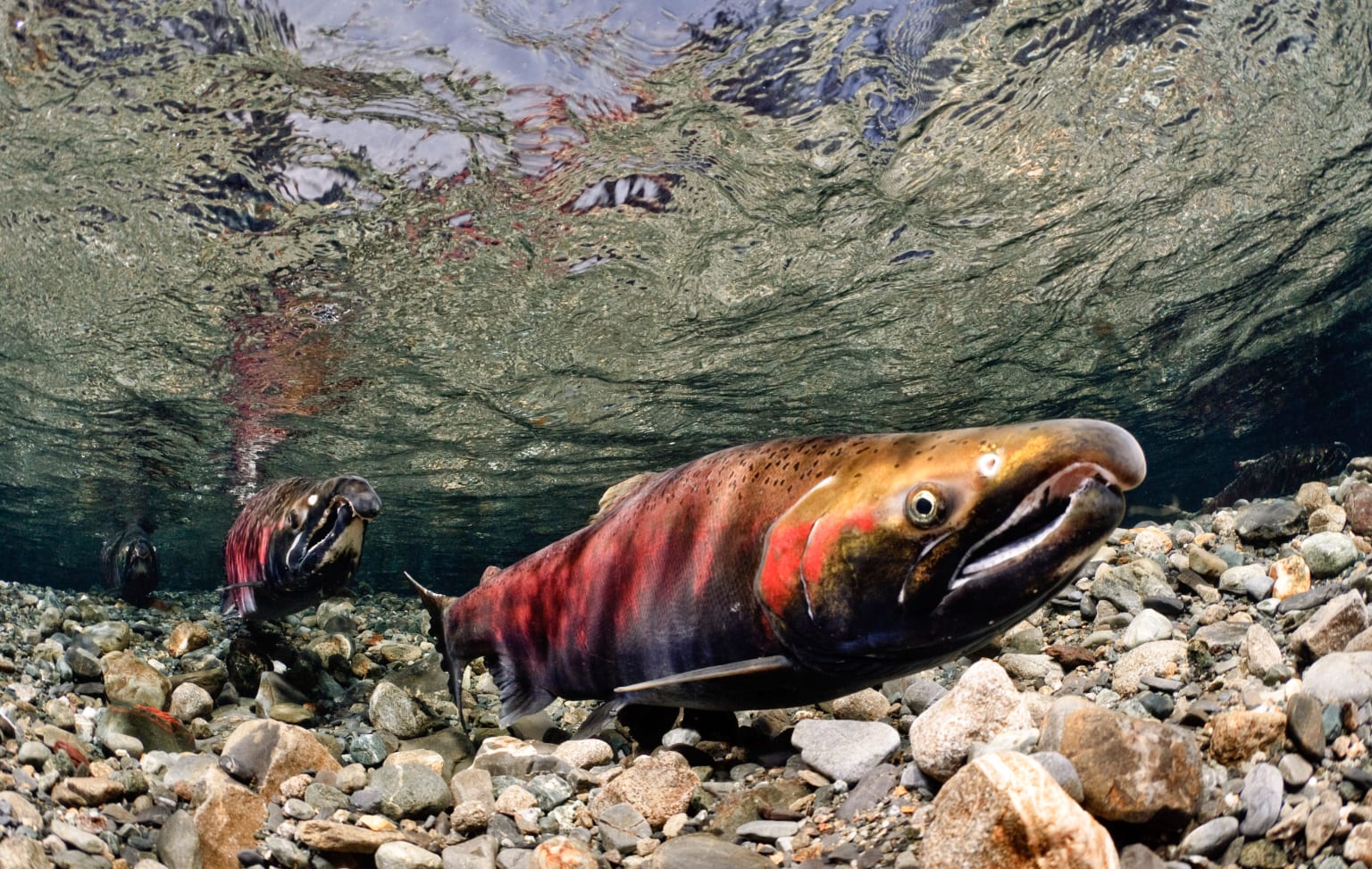
Fish
The Elk is one of the healthiest coastal fisheries in the continental U.S., with robust native runs of Chinook salmon, coho (above), steelhead and cutthroat trout. Mile for mile, it produces more coho than any other stream on the Oregon coast. With its wild fish runs so intact, the Elk has been deemed a “living laboratory” to study native fish survival.
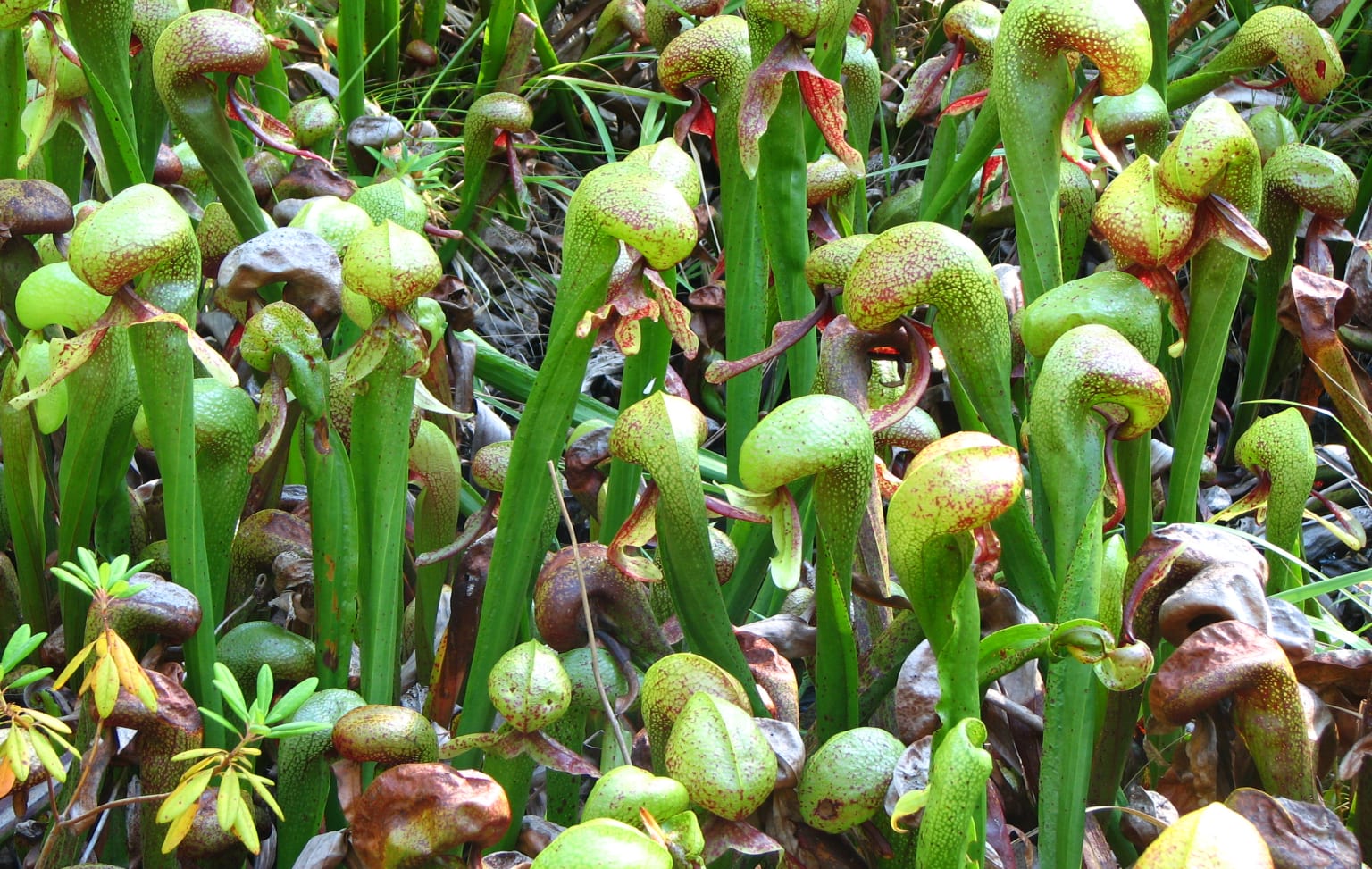
Biodiversity
Colossal old-growth forests, including rare Port Orford cedar, harbor the largest population of northern spotted owl in the Lower 48 as well as marbled murrelet, black bear, Roosevelt elk and other wildlife. Iron Mountain, the source of the South Fork, is home to botanical wonders like carnivorous darlingtonia (above) and Brewer spruce.
-
Hike
For views of the Elk River winding all the way to the ocean, ascend the half-mile trail to Grassy Knob or hike the five-mile Barklow Mountain Trail to an old fire lookout in the Copper Salmon Wilderness. For plant-lovers, the Iron Mountain Trail features rare flora and 360-degree vistas.
-
Bike
The Wild Rivers Coast Scenic Bikeway winds along the Elk River for 20 miles to Butler Bar Campground. Once you’re in the National Forest, you can scramble down to sandy beaches and have a peaceful swim in the emerald water. Here’s the state park bikeway map.
-
Fish
Quick to clear after rain storms, the Elk is a winter favorite when other rivers are blown out. A big late run of Chinook (wild and broodstock) overlaps with good steelhead returns (all wild). Bank access is limited however, and most anglers float the river from the Elk River Hatchery (angling is closed above this point). Check regulations.
-
Paddle
A thrilling 11-mile, Class-IV run from Butler Creek to the fish hatchery takes skilled paddlers through tight canyons of exposed bedrock, with water so clear and forests so dense, you won’t even notice there’s a road just above. Scout for fallen trees.
The WRC Story
When a critical confluence on the Elk River was threatened in 2007, Western Rivers Conservancy acted quickly to buy a 170-acre tract and permanently protect it from development. The property is located where the Elk is joined by Rock Creek, a highly productive tributary for steelhead and salmon, especially coho. To protect the confluence and conserve the last unprotected lands along Rock Creek, WRC conveyed the property to the Rogue River-Siskiyou National Forest in 2012. Today it is part of a protected corridor that extends all the way to the Grassy Knob Wilderness. In March 2019, Rock Creek was protected under the Wild and Scenic Rivers Act along its entire length, an accomplishment that WRC’s efforts helped make possible—and a testament to the beauty and importance of this incredible coastal system.
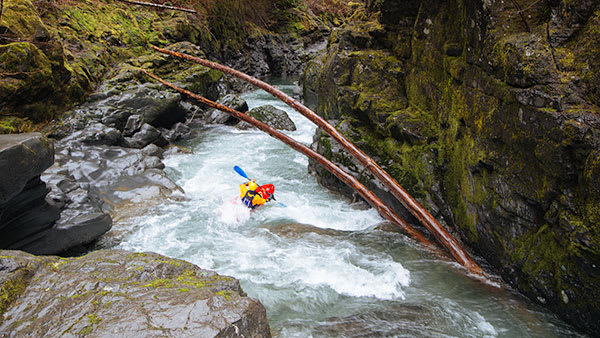
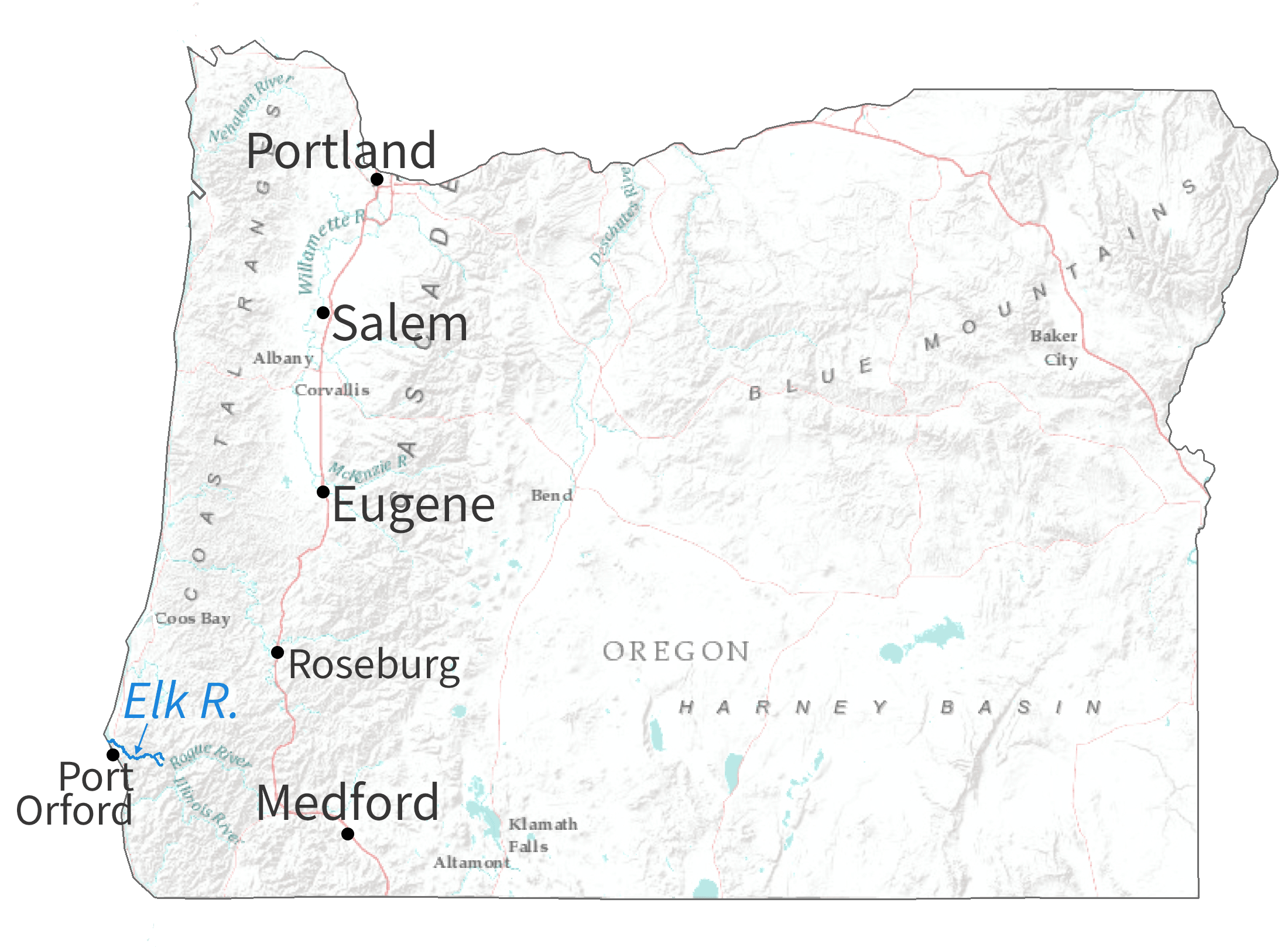
Best Time of Year
- Salmon fishing
- Nov-Jan
- Steelhead
- Dec-Mar
- Elk River
- Summer and fall
- Boating
- Check flows; min. 3 ft. recommended
Go Deeper
-
Three days of adventure in Port Orford
(Travel Oregon)
Learn More -
Scent Research Could Help More Salmon Find Their Way Home
(Oregon Public Broadcasting)
Learn More -
Copper Salmon Wilderness Good for Salmon
(Oregon Live)
Learn More -
Port Orford Cedar Conservation
(U.S. Forest Service)
Learn More

